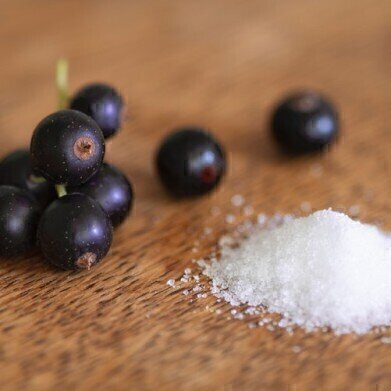Bioanalytical
Simplifying Drug Manufacturing with Chromatography
Nov 21 2019
Drug discovery, development and manufacture is an expensive and laborious process. It can take many years from the drawing board to the licensing and sale of a new drug. Drug development is an expensive business and can cost billions with no guarantee of success. Any chance of simplifying the process could lead to reduced drug delivery times and hence reduced costs.
A recent paper published in the Proceedings of the National Academy of Sciences of the USA reports on research carried out in the USA on how researchers could have found a way to simplify one part of the process. The process in question is purification and separation. And chromatography played a big role in that process - along with a dash of salt.
Membrane interactions
With an estimated cost of $3 billion to bring a drug based on a biological protein to market, any simplification in the process can only be good for both the retailer and patient. A large part of the cost can be because of the research into purification which is largely carried out by trial and error. So, this is what the research team decided to concentrate on - find a way to predict how a protein separation might be improved.
The researchers behind the work are based at Rice University in Houston, Texas and they have been working on models that can predict the behaviour of protein molecules at membrane interfaces. The interaction between the molecules and the membrane affects how a mixture can be separated. If the interaction is understood, perhaps the separation process can be improved.
Protein folding - a salty subject
Chromatography is a commonly used industrial technique to purify or separate chemicals. And a technique used in the purification of proteins is known as salting out. This is a process that happens when salt is added to a solution containing proteins, the proteins become less soluble in the solution and are easier to separate out.
Using this principle, the team added salt to a protein solution that altered the solubility of the proteins and passed the solution through a chromatography column. The salting out process allows the protein to either interact with the column filling or pass through - just like a normal chromatography run. Afterwards the protein can simply be washed from the column and purification is complete. The use of chromatography columns to purify proteins is the subject of the article, Development of a novel combined IEX-RP chromatographic process for the purification of bivalirudin.
The team from Rice University concentrated on the interface between the proteins and the nylon interface in the column. The researchers found that the interaction between the protein and the nylon membrane could be controlled by the concentration of salt added - changing the protein structure and affecting the interactions in the column. Although it is still a long way to go - the work could help both manufacturers and patients in the future.
Digital Edition
Chromatography Today - Buyers' Guide 2022
October 2023
In This Edition Modern & Practical Applications - Accelerating ADC Development with Mass Spectrometry - Implementing High-Resolution Ion Mobility into Peptide Mapping Workflows Chromatogr...
View all digital editions
Events
ACS National Meeting - Fall 2024
Aug 18 2024 Denver, CO, USA
Sep 04 2024 Chiba, Tokyo, Japan
Sep 04 2024 University of Warwick, Coventry, UK
Sep 10 2024 Rockville, MD, USA
Plastics Recycling World Expo Europe
Sep 11 2024 Brussels, Belgium














